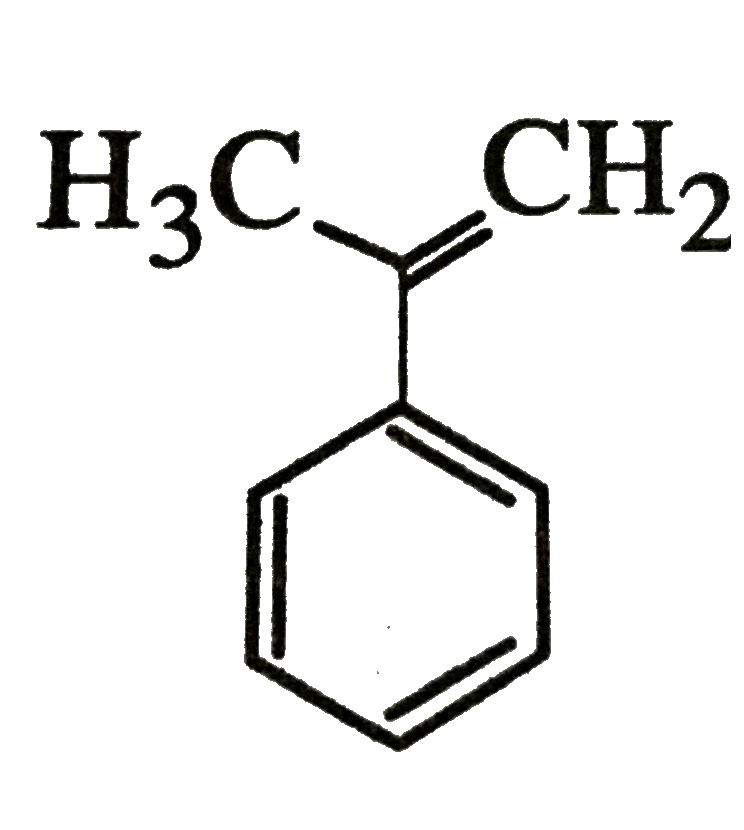Acid catalysed hydrolysis of the cyclic acetal gives

A
ethanal and 2-chlorocyclohexanol
B
ethanol and 2-chlorocyclohexanol
C
1,2-ethanediol and 2-chlorocyclohexanone
D
1,2-ethanediol and 2-chlorocyclohexanol.
Text Solution
The correct Answer is:C
|
Topper's Solved these Questions
- ALCOHOLS, PHENOLS AND ETHERSBOOK - MTG GUIDECHAPTER - ALCOHOLS, PHENOLS AND ETHERSEXERCISE - CHECK YOUR NEET
21 Videos
- ALCOHOLS, PHENOLS AND ETHERSBOOK - MTG GUIDECHAPTER - ALCOHOLS, PHENOLS AND ETHERSEXERCISE - AIPMT/NEET
21 Videos
- ALCOHOLS, PHENOLS AND ETHERSBOOK - MTG GUIDECHAPTER - ALCOHOLS, PHENOLS AND ETHERSEXERCISE - AIPMT/NEET
21 Videos
- ALDEHYDES, KETONES AND CARBOXYLIC ACIDS BOOK - MTG GUIDECHAPTER - ALDEHYDES, KETONES AND CARBOXYLIC ACIDS EXERCISE - AIPMT/NEET
31 Videos
Similar Questions
Knowledge Check
Assertion (A) : Acid catalysed hydrolysis of ethyl acetate is a first order reaction
Reason (R) : Water does not take part in the reaction.ABoth A and R are true and R is the correct explanation of ABBoth A and R are true but R is not a correct explanation of ACA is true but R is falseDA is false but R is trueAcid catalyzed hydrolysis of ethyl acetate by water is an example of ___________.
Aheterogeneous catalysisBautocatalysisChomogenous catalysisDinduced catalysisStatement-1:Acid catalysed hydrolysis of ester is reversible while base catalysed hydrolysis is irriversible .
Statement-2: In acid catalysed ester hydrolysis carboxylic acid is formed on which nucleophilic attack of alcohol is possible but in base catalysed ester hydrolysis carboxylate anion is formed on which nucleophilic attack is not possible.AStatement-1 is True, Statement-2 is True, Statement-2 is a correct explanation for Statement-1BStatement-1 is True, Statement-2 is True, Statement-2 is NOT a correct explanation for Statement-1CStatement-1 is True, Statement-2 is False.DStatement-1 is False, Statement-2 is True.

 on acid catalysed hydration gives
on acid catalysed hydration gives